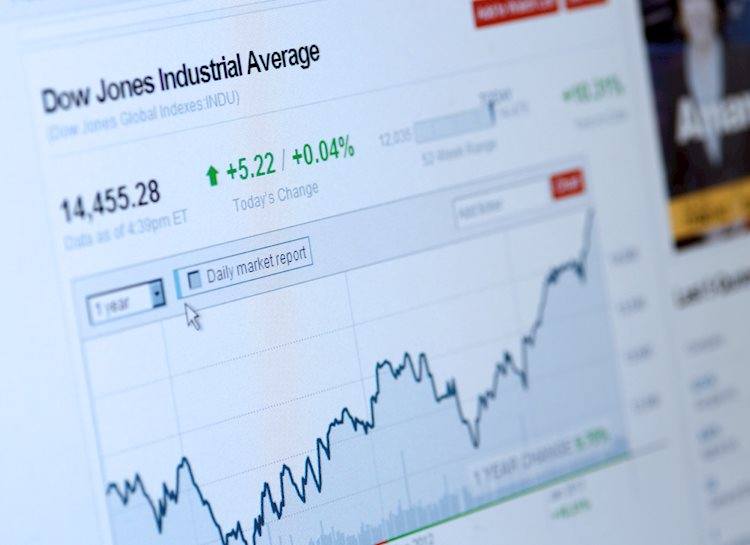The Dow Jones Industrial Average (DJIA) reached an all-time high on Friday, climbing over 400 points to a peak of 42,837. This surge was driven by a combination of factors, including the cooling of US Producer Price Index (PPI) inflation figures in September and positive earnings from banks. The upbeat bank earnings and the decline in producer-level inflation contributed to further boosting equities, leading to the Dow Jones heading into its fifth consecutive winning week.
US producer prices remained flat in September, with a 0.0% month-over-month increase compared to the expected 0.1%. Despite this, year-over-year PPI figures were slightly higher than anticipated, at 1.8% versus the expected 1.6%. However, core PPI inflation, excluding food and energy prices, rose to 2.8% year-over-year in September, exceeding expectations of 2.7%.
The University of Michigan’s Consumer Sentiment Index decreased in October to 68.9 from the previous month’s 70.1, falling short of market expectations. However, consumer inflation expectations for the next five years showed a positive trend by ticking down to 3.0% from the previous figure of 3.1%. This mixed data influenced market sentiment and contributed to the overall bullish trend in equities.
In terms of individual stock performance, the Dow Jones index had less than ten constituent securities in the red during the last trading session of the week. IBM and Salesforce were among the companies that experienced declines, while others, such as JPMorgan, surged after reporting better-than-expected earnings. The positive bank earnings contributed to the Dow Jones reaching a record high on Friday.
The Dow Jones price forecast suggests a continued upward momentum, with the index gaining around 300 points and trading near 42,700. Technical indicators support a bullish outlook, with short-term momentum favoring the bulls and the long-term uptrend reinforced by the 200-day Exponential Moving Average. Traders will be monitoring whether the index can maintain its momentum and potentially reach the psychological resistance level of 43,000.
Overall, the Dow Jones Industrial Average continues to be influenced by a range of factors, including company earnings reports, macroeconomic data, interest rates, and inflation. While the index has been criticized for its limited representation of only 30 conglomerates, it remains a key benchmark for tracking the performance of the US stock market. Various trading instruments, such as ETFs, futures contracts, and options, provide investors with opportunities to trade the DJIA and gain exposure to the overall index.











